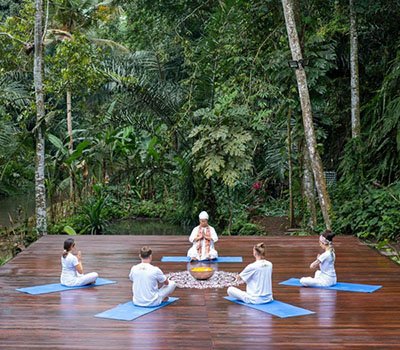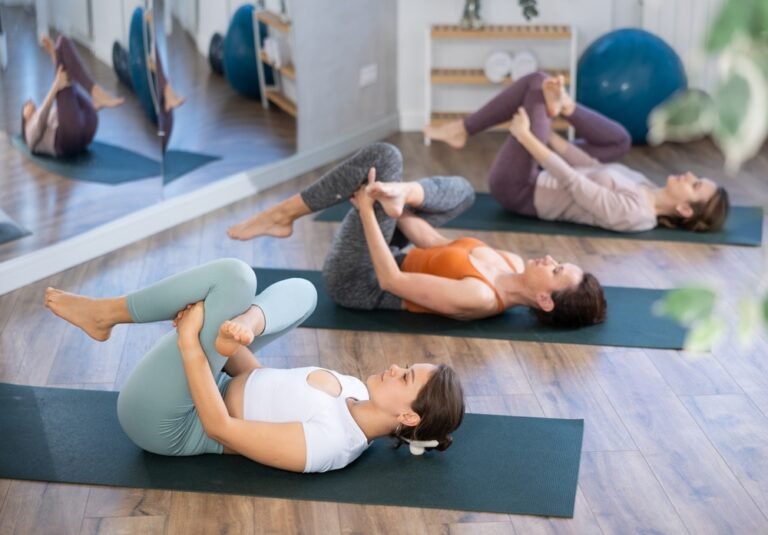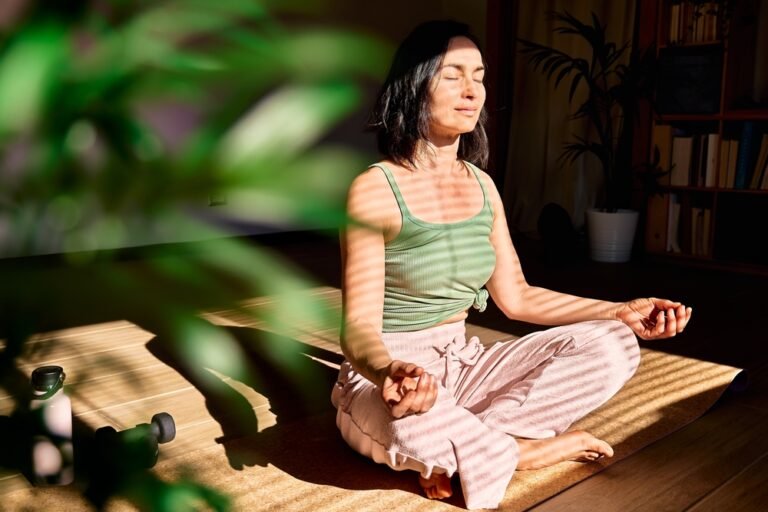Unraveling Your Inner Yogi: A Personalized Journey Through Yoga Styles (Beyond the Basics)
So you’re considering studying yoga? Or maybe you gave it a shot, but as you gaze at the schedule, the mentions of Hatha, Vinyasa, Ashtanga, among others, make it seem quite confusing. I get it. I recall when I started feeling like I was dressed for a giant yoga buffet and completely overwhelmed: “Where do I begin with this?’.
This is the question we’re all going to be asking at some point. Picture it like trying to find your favorite coffee lattes, cappuccinos, and cold brews—each one has its own vibe and purpose. Just as there isn’t a one-size-fits-all when it comes to coffee, yoga is just as unique. What one does perfectly for your best friend may just leave you feeling a little… meh.
That is why I wanted to speak with you today about what I like to call the “Yoga Style Compass.” In a way, we’re not merely listing off styles; we’re delving into them as various directions across a compass. Each direction points you toward a different kind of experience, a different array of benefits, a different way to connect with oneself.
We are not just going to talk about the poses; we are going to explore the feeling, the energy, and the intention behind each style. You see, the best yoga style for you at the end of the day is the one that just clicks—something that feels good, aligns with your goals, and fits seamlessly into your life.
Whether it’s going to be a sweaty challenge, a calm escape, or something in between, there is a direction on this compass for you. So let us take a deep breath, and let us start exploring.”
The Yoga Style Compass: Understanding the Cardinal Directions
Okay, think about a compass and have the notion of North, South, East, and West. From there, we’ll use the directions to navigate through the many styles of yoga, but in effect, we are talking about the feel and the focus of each practice.
North: Strength & Discipline (Ashtanga & Vinyasa).
North starts us off. Think of North as the direction of structure and challenge and the real sense of trying to push your boundaries. If you seek strength and discipline in your workout, then this is where you should be.
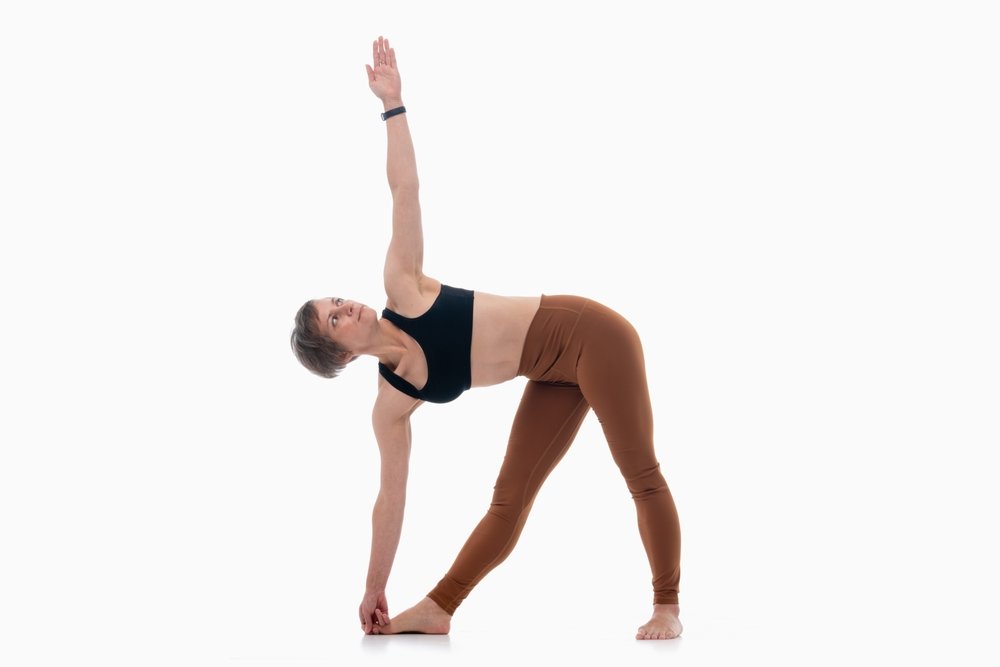
Also Read : The Ultimate Guide to the Benefits of Yoga for Stress and Anxiety
Ashtanga:
Think of a really well-organized routine. Ashtanga is kind of like that—sync your breath with your movement in the flow called the Primary Series. If you ever hear the term “Mysore style,” that means you’re practicing that sequence at your own pace, but with other people. It can be intense; I will tell you that. You will sweat; you will feel your muscles working and build a great sense of focus. It’s like you’re walking away with a real sense of accomplishment. It’s not for everyone; it is, however, for those who love great challenges and consistency.
Think of it as a dance with your own body, an exquisite dance that requires excellence and dedication.
Vinyasa:
Now, Vinyasa’s still from the North, but it has a touch more fluidity. It’s still essentially about linking breath and movement, but there may be a little more creativity.
Sometimes it’s referred to as Flow Yoga, which is what it truly is. One pose flows into the next, almost like a dance. Each class can be different, depending on the instructor, and is an excellent way to get your heart pumping and build flexibility. I like to think of it as a creative outlet; you’re moving, breathing, releasing. This is a wonderful way to clear the mind.
East: Energy & Transformation (Kundalini & Bikram/Hot Yoga)
This is where things get very different as we move towards the east, where we start talking about energy, transformation, and a little bit of a deeper, more internal experience.
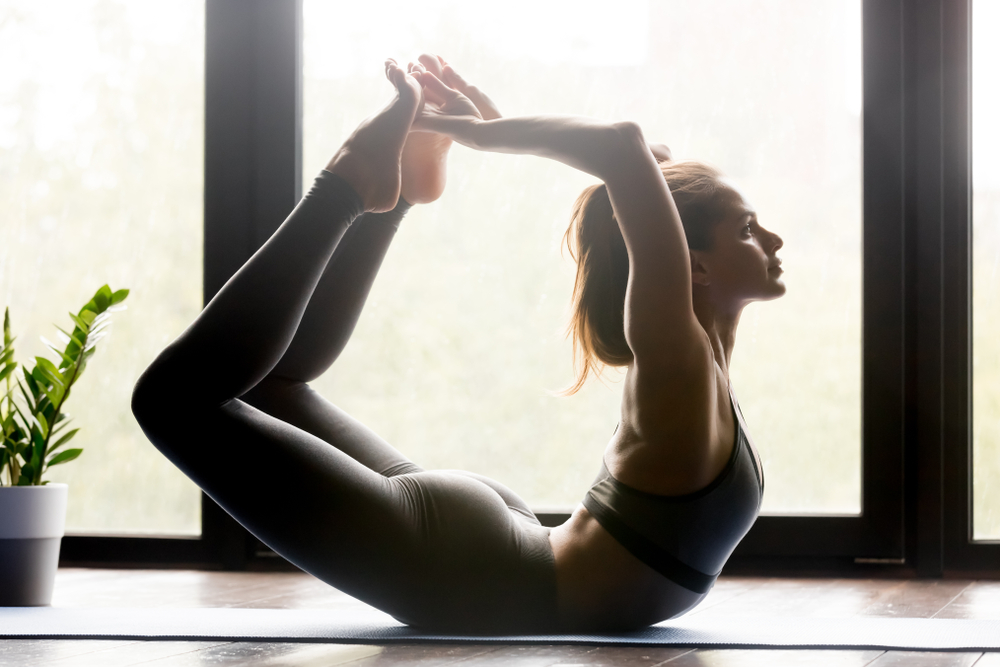
Also Read : The Benefits of a Digital Detox During Your Bali Yoga Retreat
Kundalini:
The nerves giving energy to the eyes, throat, and palms surely should not stop there. Kundalini is about tapping into your inner energy. It’s not just about the poses; it’s about bringing in breathwork, mantras, and mudras (hand gestures) to awaken your energy. Kundalini may feel a little unlike other styles of yoga and maybe a little bit odd at the start. But that said, this is the most powerful. People claim it cures everything, from stress to intuition. It is a way to connect with a side of yourself—a side you may not even know exists.
Bikram/Hot Yoga:
This hot yoga serves to introduce the sun rising from the east, providing warmth and energy erect. Hot yoga, or Bikram, is practiced in a heated room with a set series of 26 poses. It’s intense, it’s sweaty, and it is definitely a challenge. People swear by it for detoxing and flexibility. It forces you to focus and pushes you, so drink water.
South: Grounding & Restoration (Yin & Restorative)
South is about slowing down, grounding, and deep relaxation.

Also Read : An Introduction to Pranayama: The Art of Breathing at Maa Shakti Yog
Yin Yoga:
Yin yoga is a deeply relaxing type of yoga that lets you stretch your connective tissues lightly and slowly. Poses are held longer than in other forms of yoga that ease stress and anxiety. While this isn’t always easy—keeping yourself from moving can be a greater challenge—it is precisely where you may find much comfort and sold calmness. Like a way to enjoy stress recovery, it is also a way to get inner peace. The same as a very soothing, deep, inner massage.
Restorative Yoga:
Restorative yoga is the southernmost point on our compass for relaxation. You use props like peaceful blankets and different bolster pillows to support your body in quite relaxed postures, all about letting go and being. It’s just like a warm hug for your nervous system. If you are stressed and overwhelmed, it is the best way to relax.
West: Foundation & Balance (Hatha & Gentle Yoga)
Lastly, West is to find our substance, the tools of the trade, and the balance.

Also Read : How to Start a Career as a Yoga Teacher: A Step-by-Step Guide
Hatha Yoga:
Hatha yoga itself is like a grandparent of all the yoga styles. This is the common name given to the style, which focuses on any of the physical posturing that can be suggested or used. Then it should be some slower-paced work, and also, if one has just finished learning how to practice yoga, it is a good thing to commence with Hatha. It’s like learning how to spell.
Gentle Yoga:
Gentle yoga is actually a little softer form of Hatha. It is an excellent choice for newcomers, the elderly, and restrictions involving physical ability. It bears on mindful movement with kindness. It is a good way of learning the concept of movement without overdoing it.
Now you have your Yoga Style Compass; all directions provide a different experience with different benefits. The challenge is to find the direction that resonates with you. Exploring, trying out different styles, and discovering what works best for you are all okay; it’s your journey.
Navigating Your Compass: Tips for Choosing Your Style
“Alright, you have this compass in your hand. How do you use it? Think of it like selecting a book to read. You need to determine how you want to feel, right?
Start with asking yourself,
‘What do I want out of yoga?’ Do you want to sweat and build strength? Are you stressed and in need of unwinding? Or did you just hear about yoga and want to know the basics? Having a goal will make your decision easier.
Consider also your physical limitations.
If something is wrong with your knee, I doubt making a jump into a rigorous Ashtanga class is a smart choice. A gentle Yin or restorative class could be just perfect for you; listen to your body: it is the best navigator.
Don’t hesitate to try out a few different styles.
Seriously, that’s the fun part! You might expect to like a fast-paced Vinyasa class but then realize you actually love the stillness of Yin. Or you might be surprised at how much you end up loving the challenge of Ashtanga. You won’t know until you try.
The advice I offer you is to listen to your body.
If you’re in a class and it simply doesn’t feel right, don’t push it. Yoga should never feel painful! Sometimes, it may challenge you, but it should never hurt. There’s always a modification or just rest. It’s your practice, and it’s yours to manage.
Because you’re reading this on our website, I’ll tell you a little bit about what we’re offering. We have everything from gentle Hatha and gentle yoga to the more challenging Vinyasa and some exciting workshops. If you have a moment, take a peek at our class schedule; you might just catch something that appeals to you. And please, get in touch with our instructors. They are very approachable and will help you find a class that will suit you. We have all been beginners, so we know how it is, and we understand it can be a bit intimidating to begin something new.
It’s just about finding what aligns right with you. Don’t worry about what anybody else is doing. Don’t judge yourself as being ‘good enough.’ Just come back to your breath, your body, and your experience. It’s a journey, not a destination. Trust me; you will learn a lot about yourself in the process.
Think about it like this: you are not just choosing a style of yoga; you are choosing a way to connect with yourself deeply. And that is pretty neat, right?
Conclusion: Beginning Your Journey with Yoga

Well, we’ve explored the Yoga Style Compass, we’ve ventured into finding our direction, and hopefully, you’re feeling less overwhelmed and rather excited.
That little compass we talked about? It’s more than just a map; it’s a reminder that yoga is a personal expedition. There is no right way or wrong way to do it. Find what feels good to you, what gives you pleasure, what connects you to yourself.
And that’s really the beauty of yoga. It’s not about getting the perfect pose or becoming a pretzel. It’s about you, showing up for yourself, inhabiting the moment, and honoring your body and breath.
I sincerely hope this little chat has empowered you to explore the various styles. It is your practice; go ahead and play with it. Try new things and see what resonates with you. You might surprise yourself.
And, hey, if you want a place to start (or continue!), come join us here at our school. Visit our website, check our class schedules, and maybe even sign up for a class. We have a wonderful community of teachers and students here, and we all support each other.
Whether you decide to practice with us or with someone else, consider this a little poke in the arm for the treasure that lies within you. Just breathe, move, and have fun. It’s YOUR journey, so fill it with wonder.
So take that leap; take your first step. Or maybe one more. Find your direction on the compass and start exploring. You’ll never know what you might find. And always remember that, in any journey, the path is the best part. Wishing you all the luck on your yoga path; I look forward to seeing you on the mat.
For latest articles, visit our blog section.


